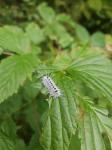 | Recorded by: ASH on 2024-08-22
Yancey Co.
Comment: | 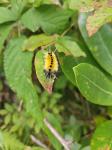 | Recorded by: ASH on 2024-08-22
Yancey Co.
Comment: |
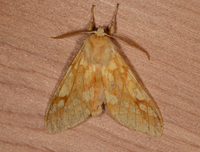 | Recorded by: Jim Petranka and Becky Elkin on 2024-07-11
Madison Co.
Comment: | 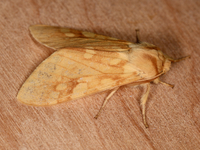 | Recorded by: Jim Petranka, Mark Basinger and Becky Elkin on 2024-06-25
Yancey Co.
Comment: |
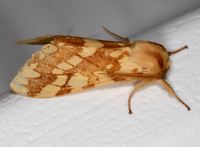 | Recorded by: Jim Petranka on 2024-06-19
Madison Co.
Comment: | 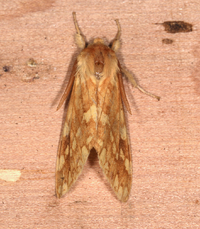 | Recorded by: Jim Petranka and Becky Elkin on 2023-06-25
Buncombe Co.
Comment: |
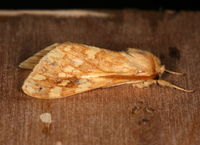 | Recorded by: Jim Petranka and Becky Elkin on 2023-06-25
Buncombe Co.
Comment: | 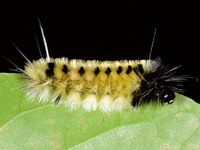 | Recorded by: Jim Petranka and Becky Elkin on 2021-08-30
Yancey Co.
Comment: |
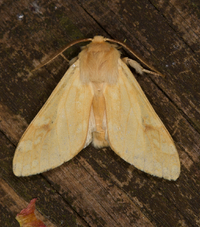 | Recorded by: Jim Petranka and Becky Elkin on 2021-05-21
Madison Co.
Comment: | 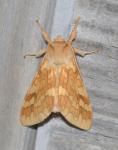 | Recorded by: K. Bischof on 2020-08-15
Yancey Co.
Comment: |
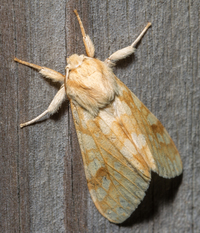 | Recorded by: Jim Petranka, Becky Elkin, Steve Hall and Bo Sullivan on 2019-07-30
Yancey Co.
Comment: | 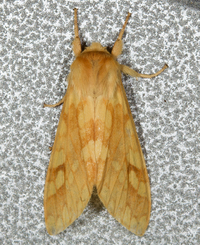 | Recorded by: Jim Petranka and Becky Elkin on 2019-06-07
Madison Co.
Comment: |
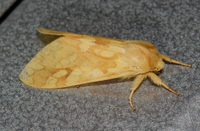 | Recorded by: Jim Petranka and Becky Elkin on 2019-06-07
Madison Co.
Comment: | 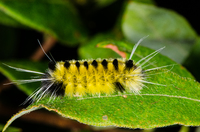 | Recorded by: David L. Heavner on 2017-08-30
Buncombe Co.
Comment: |
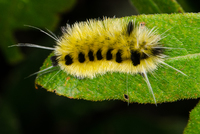 | Recorded by: David L. Heavner on 2017-08-30
Buncombe Co.
Comment: | 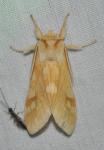 | Recorded by: K. Bischof on 2016-06-28
Yancey Co.
Comment: |
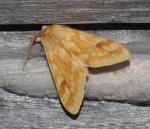 | Recorded by: K. Bischof on 2014-05-26
Yancey Co.
Comment: |

 »
»




 »
»


